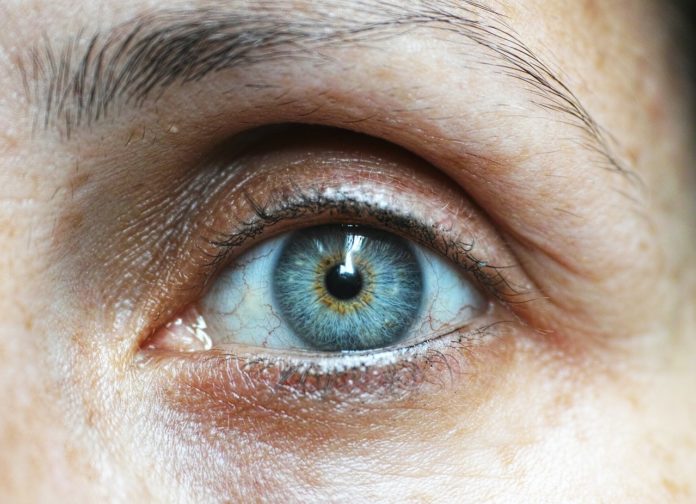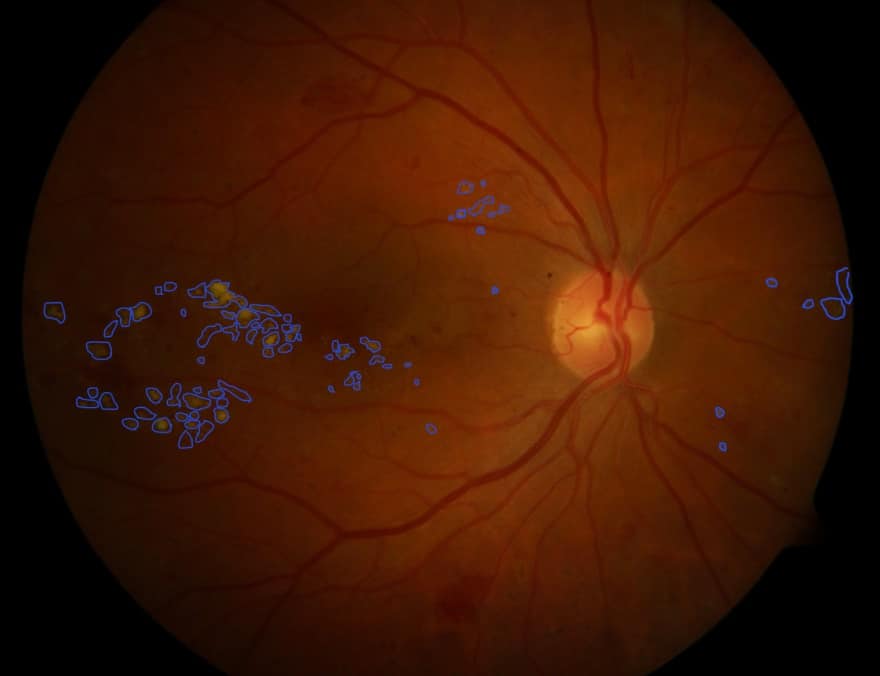Diabetic retinopathy is a condition where a diabetes complication that affects eyes. It’s caused by damage to the blood vessels of the light-sensitive tissue at the back of the eye (retina). Though, the condition is the leading cause of vision loss in adults. The number is expected to increase by 2030** with 191 million people.
At first, diabetic retinopathy may cause no symptoms or only mild vision problems. Eventually, it can cause blindness. Early diagnosis and treatment can make a dramatic difference to how much vision a patient retains.
Now a team of Australian-Brazilian researchers led by RMIT University used AI to help the instant determination of one of the best reasons for visual impairment, diabetes-related eye ailment, in its earliest stages.
In reality, scientists have developed an image-processing algorithm that can automatically detect one of the key signs of the disease, fluid on the retina, with an accuracy rate of 98%.
Lead investigator Professor Dinesh Kant Kumar, RMIT, said the method was instantaneous and cost-effective. We know that only half of those with diabetes have regular eye exams and one-third have never been checked.”
“But the gold standard methods of diagnosing diabetic retinopathy are invasive or expensive, and often unavailable in remote or developing parts of the world. Our AI-driven approach delivers results that are just as accurate as clinical scans but relies on retinal images that can be generated with ordinary optometry equipment.”
“Making it quicker and cheaper to detect this incurable disease could be life-changing for the millions of people who are currently undiagnosed and risk losing their sight.”
Analyzing images of the retina that can be taken with relatively inexpensive equipment called fundus cameras, but the process is manual, time-consuming and less reliable. To automate the analysis of fundus images, researchers in the Biosignals Laboratory in the School of Engineering at RMIT, together with collaborators in Brazil, used deep learning and artificial intelligence techniques.
Their algorithm can precisely and reliably spot the presence of fluid from damaged blood vessels, or exudate, inside the retina. Scientists also expecting that the method could eventually be used for widespread screening of at-risk populations.
Kumar said, “undiagnosed diabetes is a massive health problem here and around the globe. For every single person in Australia who knows they have diabetes, another is living with diabetes but isn’t diagnosed. In developing countries, the ratio is one diagnosed to four undiagnosed..”
“This results in millions of people developing preventable and treatable complications from diabetes-related diseases.”
The research is published in the journal Computers in Biology and Medicine.

